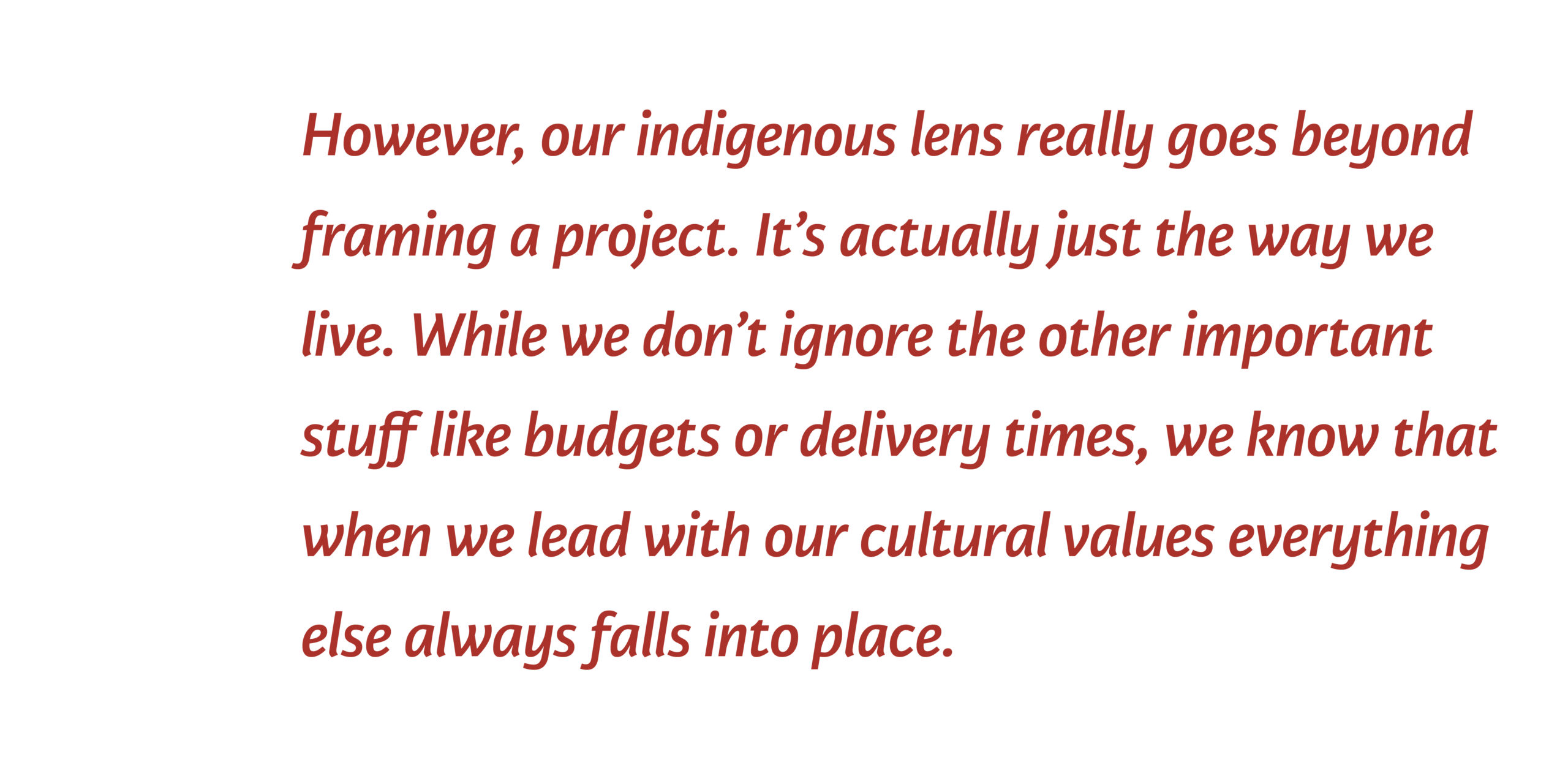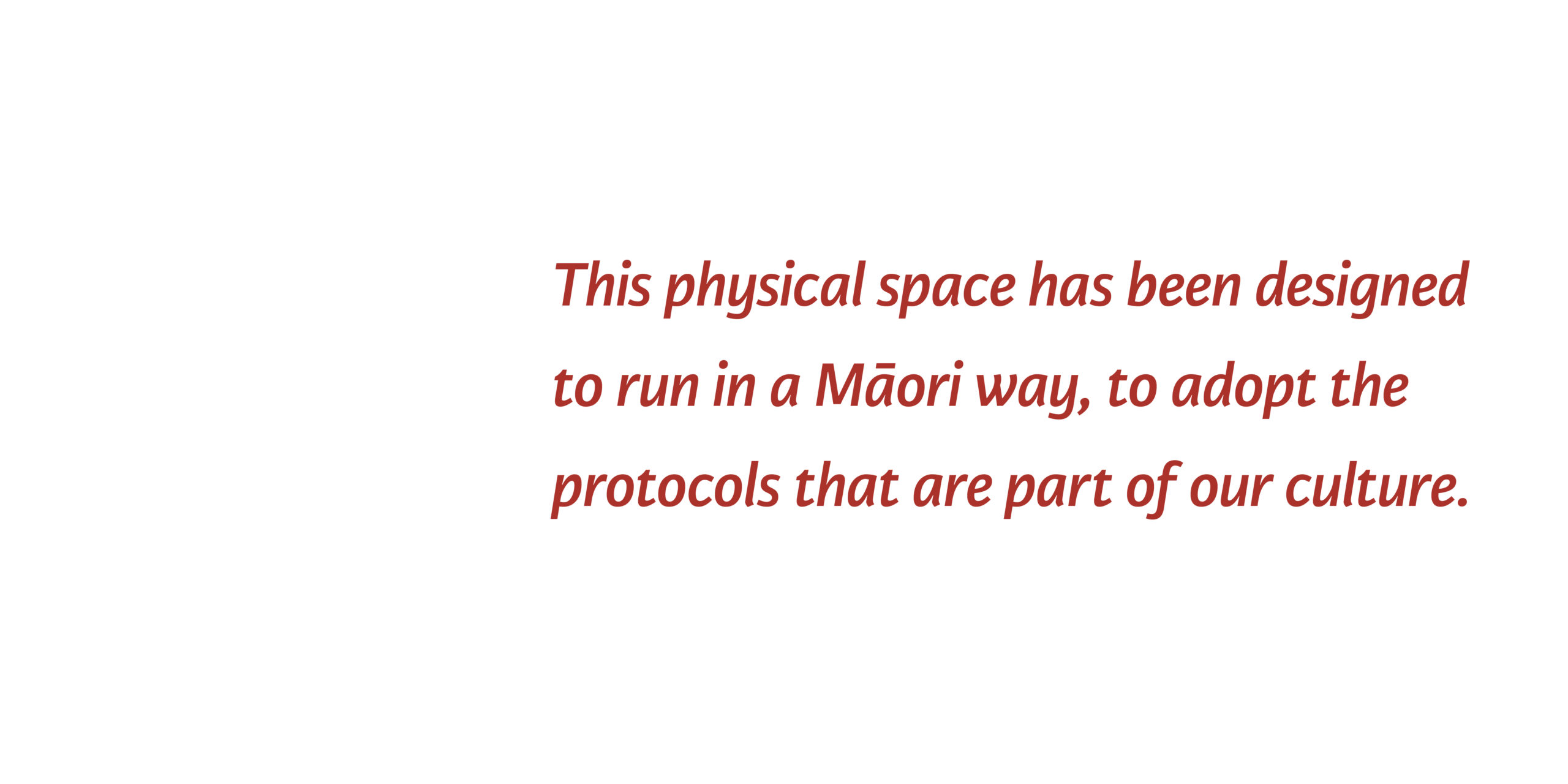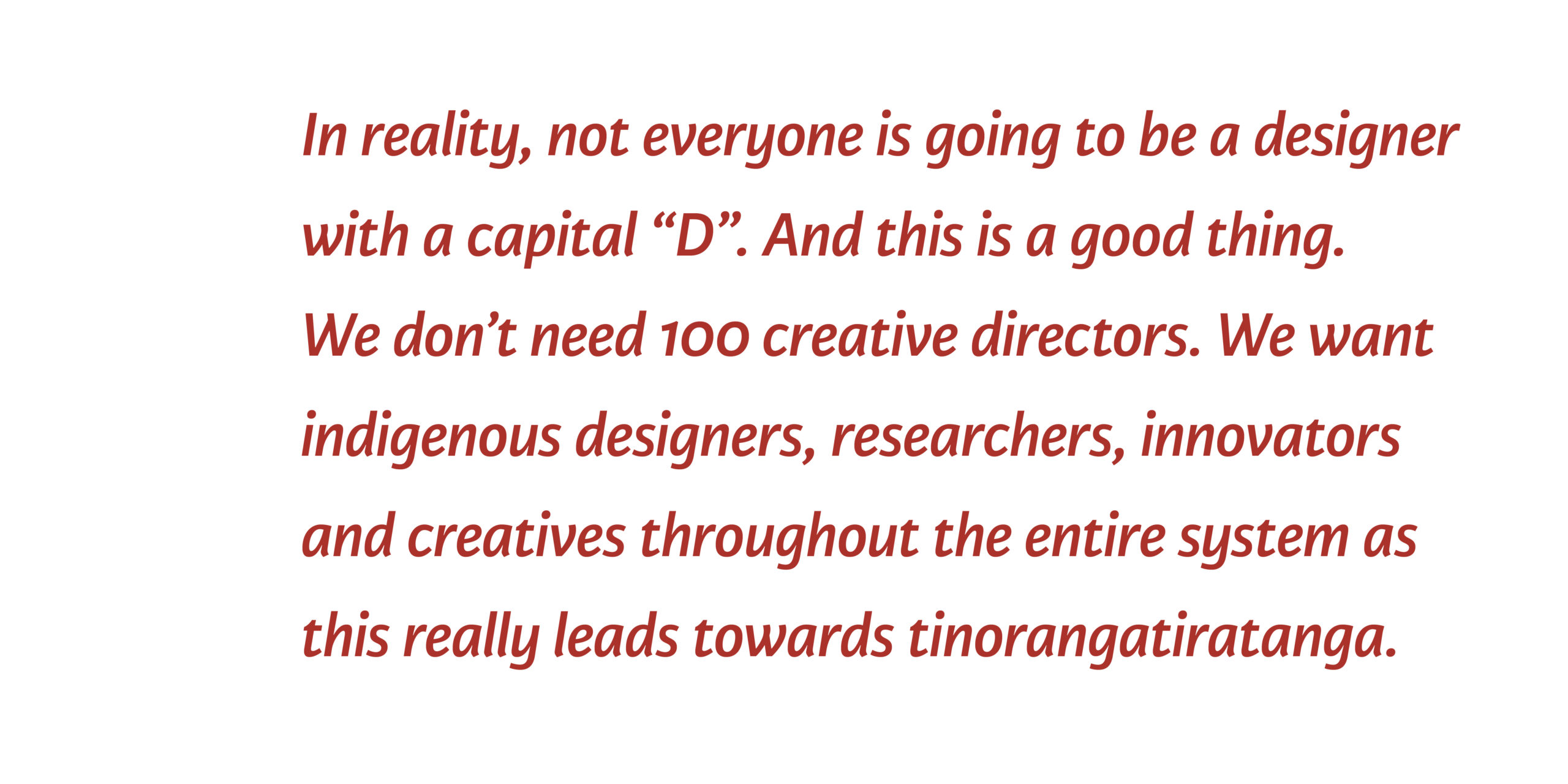Field Guide 2020: Designing a new Aotearoa
This Field Guide article sits within a series of commissioned essays, interviews, podcasts and artworks to be published over 16 weeks on designassembly.org.nz and culminate in a downloadable PDF publication which will be distributed nationally.
We are incredibly grateful to Creative New Zealand who funded this 2020 Field Guide, which actively investigates, celebrates, nurtures and challenges current design thinking, methodology and practitioners in the Aotearoa design community. The project is “a multidisciplinary exploration of New Zealand’s post-COVID design practice”. It is produced by five authors, six illustrators, with art direction, design, editorial, publishing and production support from the Design Assembly team & RUN Agency.

Supported by Creative New Zealand
Cameron MacDonald is a Wellington-based design intern at IDIA, his undergraduate degree majored in illustration but is currently focusing on graphic and web design after completing a masters in UX. Originally from Palmerston North (Rangitāne/Waipounamu), Cameron followed his brother into the design industry. His artwork for this article is a personal reflection on the challenges of indigenous design. The three heads represent the multiple perspectives that different people can have during the design process and the wisps represent the important korero that must happen for us to better understand what we are designing.
Kate McGuinness ‘Designers by nature are futurists’ is a series of 4 essays within the Field Guide 2020: which investigate future possibilities, trends and expectations about how our design community in Aotearoa might forge ahead in uncertain times. Topics of interest include how developing technologies are expected to impact practice, how educational institutions are preparing emerging talent, the future of indigenous design, changing demographics in the industry and the way we work.

Designing a new Aotearoa
Hāpaitia te ara tika pumau ai te rangatiratanga mo ngā uri whakatipu.
“Foster the pathway of knowledge to strength, independence and growth for future generations.”
Kate McGuinness recently spoke to the founders of Indigenous Design and Innovation Aotearoa (IDIA) and ĀPŌPŌ: Dr Johnson Witehira, John Moore, and Miriame Barbarich about designing futures through an indigenous lens.
IDIA wants to use design to create a new Aotearoa. One in which Māori ideas, values and ways of being in the world are reflected and felt in our everyday lives. In this article, we discuss their vision, their approach and why they see rangatahi as key to creating meaningful and long-lasting changes to the landscape of design in Aotearoa.
So….what does the future of indigenous design in Aotearoa look like?
For us, it’s about designing Māori people and culture back into Aotearoa. Because really we have been designed out of it. The architecture, the education system, the ways of engaging, talking and being. Māori, for the most part, are still absent from how most of this is created in New Zealand. So, we need more Māori design and designers to bring us back into the picture. This is why we (IDIA) are future-focused—focused on designing a future with positivity, inclusion and fun. It’s also why working with rangatahi is so important to us.

IDIA team, Miriame Barbarich, John Moore and Dr Johnson Witehira
When you talk about the work of IDIA you describe it as applying an indigenous lens. Can you explain what this means?
In our context, Aotearoa, applying an indigenous lens simply means being led by kawa and tikanga Māori. This is in contrast to how things normally work in design here. In most agencies where Māori form, content or imagery come into a design project, a cultural advisor is brought in to provide specific guidance. While this is helpful, you can see that the Māori part is kind of ring-fenced. We invert this – framing the entire design process from an indigenous perspective. However, our indigenous lens really goes beyond framing a project. It’s actually just the way we live. While we don’t ignore the other important stuff like budgets or delivery times, we know that when we lead with our cultural values, everything else always falls into place.

With an indigenous lens, the markers for success on a design project are also radically different. For example, a key indicator of success for IDIA is “mana” and “manaaki”. We ask, was this project a positive one for everyone, did everyone finish it feeling stronger? Another key measurement for us is how our projects increase tinorangatiratanga. That is, how did we enable those we work with, not just Māori, to be more autonomous and self-regulating. Did we help them become more independent? We need to get away from this view of the ‘hero designer’, going away on his own or with the design team, usually after mining the community for their ideas through co-design workshops, then coming back to say, “Ta-Da! Here you go. We listened to what you said, and we have created this great new solution for you”. It’s almost like a designer as a ‘saviour’, and that is particularly from a mainstream approach when we are looking at indigenous communities. We think the designer needs to be able to coach the community or communities to help them create the design outcomes themselves.

If you do have some expertise or skills that the community doesn’t have, find ways to share that with them. It’s not just about listening to a community, then going away and creating a solution; you need to empower them to be part of the next solution. Economically, this also means IDIA also operates differently to conventional design agencies as we aren’t looking for the comeback mahi. We aren’t looking to use our “exclusive” skills to lock our clients in. Success really means the client or community doesn’t need you. When they do come back, it’s for a kōrero, a cup of tea, and the chance for us to innovate together.
This is one of the reasons we created the Cultural Integrity Scorecard. We often get asked to make assessments of organisations, projects or products to see whether or not they’re culturally appropriate. It would be easy to turn most of these inquiries into paid jobs. However, we thought Hei aha (why!), let’s create something that people can use to do this mahi themselves. This relates to the bigger kaupapa for us. Getting more Māori design into the world, whether it’s done by us or others with the right skills, is the whole point.
What is the story behind the ĀPŌPŌ indigenous accelerator?
Since we’re designing for the next generation, we need to make sure that we’re creating this future with rangatahi. That’s why we created ĀPŌPŌ, an indigenous design accelerator and hub in the heart of Whanganui-a-Tara. At ĀPŌPŌ we put our rangatahi at the front of our biggest projects. It’s not about throwing them in the deep end. We are all in the deep end, as every project throws new challenges at us, so let’s jump in together! We hope that through this accelerator we’ll be able to quickly build up a pool of skilled, culturally centred, indigenous designers.

Another reason we created ĀPŌPŌ was to provide support for Māori and Pasifika designers coming through the tertiary sector. Support might be through partnering with educational providers or developing more programmes like our current rangatahi one where we try and encourage a different world view – a different design ethos.
Working with rangatahi also gives us the advantage of having some fresh thinking in IDIA. We talk about the changing demographic and part of that change is the new ideas and energy that the young designers bring in through ĀPŌPŌ. That is exciting for our clients and for us. Intergenerational learning does go both ways.

IDIA at ĀPŌPŌ studio.
What makes being in ĀPŌPŌ different from other design internships?
Firstly, we actually try to avoid using the word ‘intern’ just because we don’t like the hierarchy that is associated with it. Our rangatahi can be aged 10, 20, 40, and you can still be called a rangatahi. It’s about your mātauranga in design and not about your age. I think that’s an important difference for us at ĀPŌPŌ.

Another key aspect of ĀPŌPŌ is that the space IDIA has created is an indigenous one. This physical space has been designed to run in a Māori way, to adopt the protocols that are part of our culture. So that means for people who want to come and work out of here you need to be comfortable and accepting of those protocols. You don’t just come in the morning, sit down at your desk and put your headphones on, then leave at the end of the day. We would expect you to be involved in meeting and greeting people, respecting the parts of the office which are set for kai and the parts of the office used for different purposes. It’s about everybody being a little more empathetic, and it’s about understanding where we are, not just in Aotearoa but also on Te Aro Pā. A significant site for mana whenua.
When you learn design at a tertiary institution in Aotearoa for three or four years, you still get fed a steady diet of euro-centric design history, theory and practice. You know human-centred design, colour theory and typography – it’s all very based on a euro-centric mindset. We try to provide the antithesis to this. To make design much more relevant for Māori and Pasifika kids. Interestingly, by grounding design here in Aotearoa we also make it more relevant for Pākehā designers in New Zealand.
The other thing which makes ĀPŌPŌ special, as mentioned earlier is that we get rangatahi to lead projects wherever we can. If you want to accelerate someone who is a student, no matter what age they are, you have got to get them leading the projects because they have to make decisions. You are not in a position to make decisions if you are an intern in the back seat.


ĀPŌPŌ rangitahi (interns) Joyce Kim and Renee Waiwiri during an ENRICH design session with NYU.
What difference is this programme making for the young Māori designers who come through?
Two of our first two interns, Hemi and Brendon, are now tutoring and lecturing at Victoria University of Wellington (VUW). So that is a legacy. In the long term, we are working alongside the local tertiary providers and design schools to build cultural competency. Seeing some of our first ĀPŌPŌ intake now giving back, passing on the legacy through their students at Vic is great – passing on the rakau. We have maintained that connection, which is really cool.

At ĀPŌPŌ we try to bridge the gap between secondary and tertiary education, and tertiary and the real world. Often, we find that many of the young designers who are in their third or fourth year at one of the big institutions, don’t necessarily have a complete set of skills. Some tauira (students) are technically proficient but haven’t thought about their value and how they would value their own time if they are being asked to provide an estimate for a potential client. Some of the rangatahi have strong conceptual design abilities but don’t necessarily have the technical skills, and so that can take a bit of coaching also. And, in all this we reinforce an indigenous lens, ensuring the designed solution provides positive outcomes for indigenous people and everyone through impact.
IDIA clearly see rangatahi as the key to building an Aotearoa where Māori culture is felt and seen. What are the key challenges to making this happen?
Where education is concerned, we need to introduce design to tamariki and their whānau as early as we can. For the most part, design isn’t even considered a career choice by students, Māori or Pākehā, till they reach year 11 or year 12 at secondary school. This is far too late, especially for Māori, as a number of us still exit secondary school around year 11. To get rangatahi and their whānau interested, we need to get better at articulating what creative industries are, and how they can have success in those industries. Design is a pretty ambiguous term. Animation, illustration, video games, these are things kids understand and are interested in.

A particular challenge for secondary school education is having art teachers who can teach or at the minimum talk about design and the opportunities. On top of this, we think the entire design curriculum at secondary school needs to be re-written. Having taught at both levels, we see a strange thing where students only start to get taught the fundamentals of design at university. This seems backwards to us. If students are taught fundamentals at secondary school, they should be able to hit the ground running at uni instead of having to go back to the start.

We think there are also educational opportunities within the broader fields that are related to design. In reality, not everyone is going to be a designer with a capital “D”. And this is a good thing. We don’t need 100 creative directors. We want indigenous designers, researchers, innovators and creatives throughout the entire system as this really leads towards tinorangatiratanga. That is self-determination and having the skills to do things independently when we want to. For us, this means considering trades-based learning, not just universities. We were recently talking to Te Ātiawa about some of the stigmas around trades-based learning. We looked at Māoriland in Otaki and their film training production and animation studios. We think they are doing some amazing work that is not seen at the same level as tertiary. Still, there are a whole lot of talented Māori leaders in broadcasting and television, film and documentary. That is one area we see some real strength.

We also need more Māori designers as role models and also as teachers. The two challenges here are, firstly the generational lag of (Māori) designers coming through the education system and secondly, making sure that our designers actually make it out, this is where IDIA and ĀPŌPŌ plug in. We’re trying to make sure that those who get into the industry are able to stay in. We’ve got plenty of mahi. A key challenge for us is balance and resourcing ourselves enough to deliver work at a high level with IDIA while also supporting and managing our rangatahi.
Thank you to our contributors:
- Indigenous Design and Innovation Aotearoa
@idia_nz - ĀPŌPŌ Creative Tech Hub
@apopo_nz - Dr Johnson Witehira (Tamahaki (Ngāti Hinekura), Ngā Puhi (Ngai-tū-te-auru))
@johnsonwitehira - John Moore, (Ngāti Pākehā )
- Miriame Barbarich (Hauraki (Ngāti Maru), Te Arawa (Ngāti Pikiao))




One thought on “Field Guide 2020: Designing a new Aotearoa”